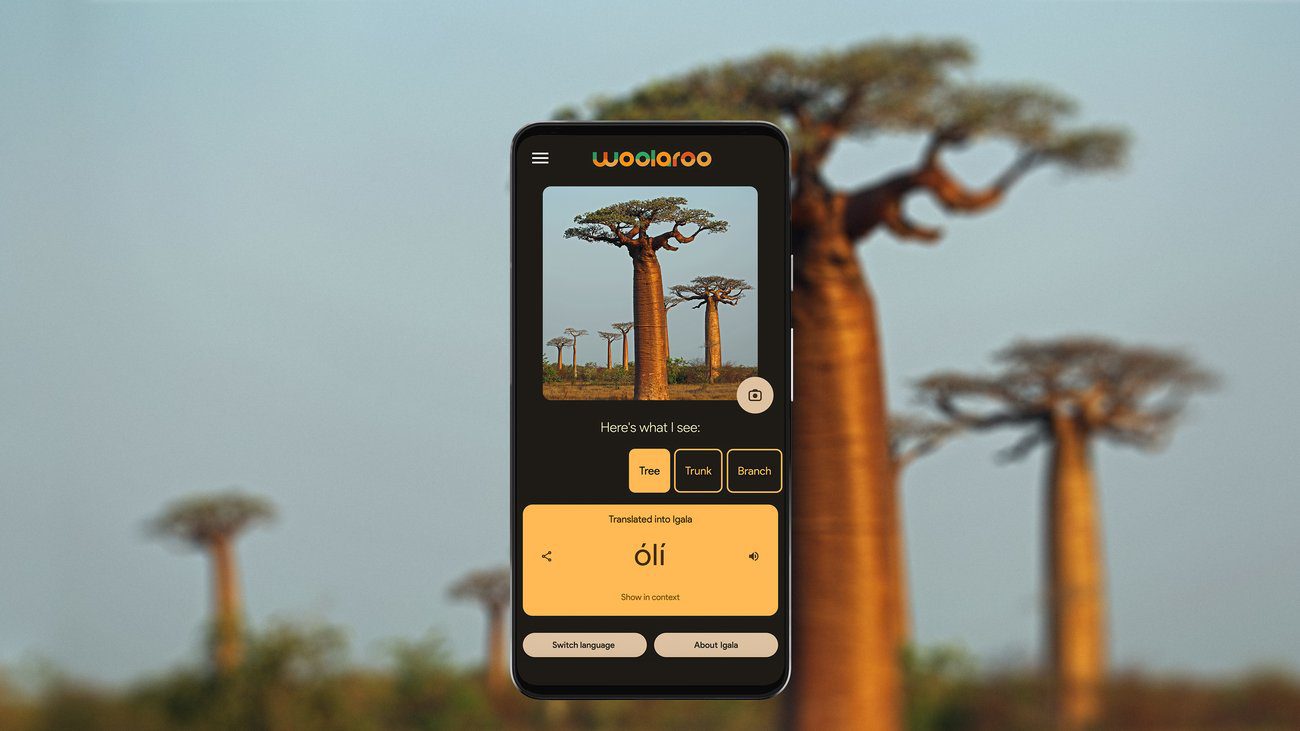Why Language Preservation Matters: Exploring the New Edition of Woolaroo
Languages are vital carriers of culture, history, and identity, but here’s the deal: nearly 40% of the world’s roughly 7,000 languages are endangered. That’s a staggering number, isn’t it? To shine a light on the amazing work being done by cultural communities and researchers dedicated to preserving these languages, Google Arts & Culture is back with an exciting new edition of Woolaroo. This innovative tool now uses Gemini to provide even more context around endangered languages.
The Power of Woolaroo: What’s New?
Let’s rewind to 2021 when Woolaroo first hit the scene. This AI experiment lets you snap a photo and learn the words for what you see around you in 30 endangered languages. What’s cool is that it was developed in collaboration with global partners who provided curated translation data and audio recordings. So, it’s not just some random app—it’s rooted in community and culture, making it both accurate and interactive.
This year, there’s even more to love. Woolaroo is expanding to include 10 new languages from Africa, plus additional languages from Brazil, Mexico, Turkey, and Scotland. Imagine walking through a market in Oaxaca and being able to understand the local dialect—how incredible would it be to connect with the language and its people? It’s these kinds of experiences that make Woolaroo not just a tool, but a bridge to understanding and connection.
Real Stories Behind the Words
Language isn’t just about vocabulary; it’s deeply tied to community and identity. For instance, the addition of these new languages isn’t just a numbers game. Our partners have gone the extra mile by creating stories that dive into the richness of their languages and communities. When you learn a language, you’re also uncovering stories of resilience and pride.
Imagine a community in a remote part of Turkey, working tirelessly to keep their language alive. With Woolaroo, not only do we get to learn a few phrases, but we also get to hear about the cultural significance of those words. It’s a beautiful way to appreciate the layers of history and identity that come with language.
How You Can Get Involved
So, how can you play a part in this amazing initiative? You don’t have to be a linguist or a cultural ambassador to make a difference. Engaging with apps like Woolaroo, sharing your learning experiences, and encouraging others to do the same can create a ripple effect. The more we embrace these languages, the more awareness we generate about their importance.
Plus, with each interaction in Woolaroo, you’re contributing to the preservation of these linguistic treasures. Ever thought about how your smartphone can be a tool for cultural preservation? Pretty mind-blowing, right?
For more resources on language preservation, check out UNESCO’s Endangered Languages Project.
Conclusion: A Shared Responsibility
In a world where language defines so much of our culture and identity, preserving them isn’t just a job for linguists or cultural experts—it’s something we all share in. Woolaroo doesn’t just aim to teach us new words; it helps us forge deeper connections with the world around us. So what’s your take? Have you tried out Woolaroo yet?
Want more insights like this? Join the conversation and let’s keep exploring the beautiful tapestry of languages together!
